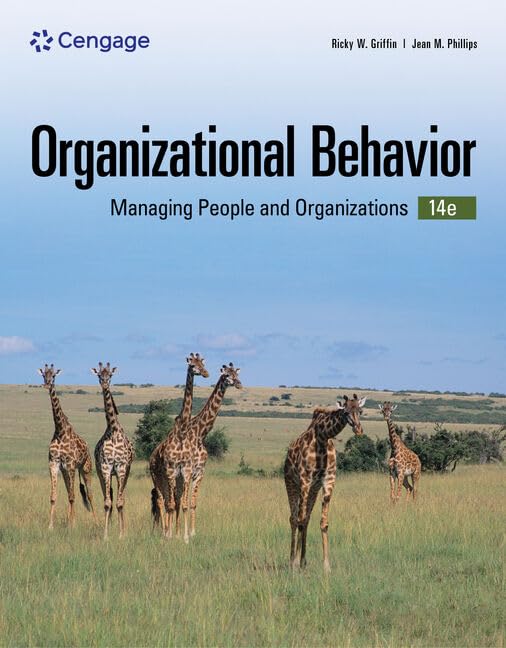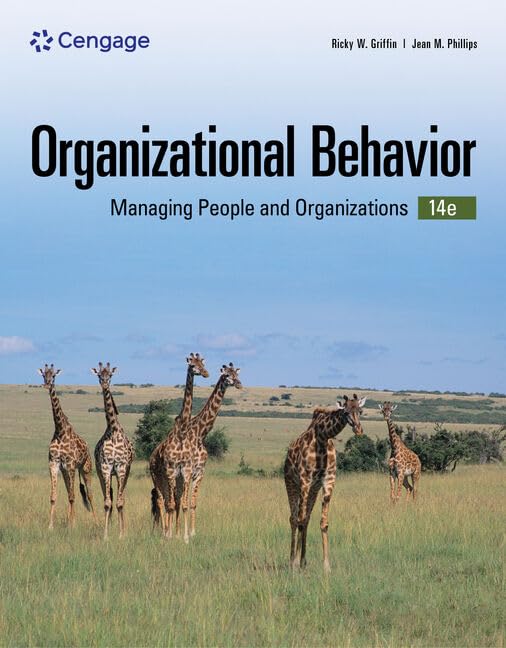As an avid reader with a keen interest in business and management, I couldn’t resist diving into “Organizational Behavior: Managing People and Organizations, 14E” by Griffin and Phillips. The title caught my eye because of its focus on contemporary management challenges and practical solutions, which are increasingly relevant in today’s dynamic workplace. I was eager to learn how to think and act like a successful manager while gaining insights that could be applied both in my career and daily interactions.
This 14th edition spans 608 pages and employs a reader-friendly approach to cover both classic management theories and cutting-edge trends. The book promises insights that help readers navigate the complexities of managing people in organizations. Overall, it largely met my expectations.
One of the most commendable aspects of this book is how it seamlessly integrates classical theories with modern case studies from well-known organizations. For instance, I particularly enjoyed the real-world examples included in each chapter that illustrate how businesses implement these theories in practical scenarios. It felt genuinely enlightening to see how the concepts apply to everyday management challenges.
Another strength is the self-assessment activities scattered throughout the chapters. These exercises provide an opportunity to reflect on personal strengths and areas for improvement, making the learning experience highly interactive. It’s a great way to engage with the material rather than passively absorbing information. This feature reflects the subtitle’s promise of equipping readers with the skills to meet today’s management challenges.
However, the book is not without its drawbacks. While the depth of content is impressive, there were points where I felt the language was overly academic, which might deter some casual readers or those just starting in management. I agree with other readers who mentioned that less jargon and more practical language could have improved accessibility.
Moreover, the book is quite dense, which can make it overwhelming at times, especially for those who may not have a background in organizational behavior. Some sections felt like they dragged on, and I often found myself needing to take breaks to fully absorb the information. Breaking down complex topics into more digestible chapters could enhance the reading experience.
In terms of supporting resources, the mention of MindTap digital resources is also noteworthy. I appreciate how it provides supplementary materials tailored for a more engaging learning experience, especially for someone looking to advance in management. Although I did not utilize it during my reading, I can see how it might benefit others who are keen on interactive learning.
In conclusion, “Organizational Behavior: Managing People and Organizations, 14E” is an insightful and well-structured resource for both aspiring and seasoned managers. Its blend of classic and contemporary management ideas is commendable, and the self-assessment features truly enhance the overall learning experience. While there are areas for improvement, such as simplifying the language and reducing the density of information, I would still recommend this book to anyone interested in honing their management skills. It’s a great step forward in thinking critically about organizational behavior and how to lead effectively in today’s fast-paced environment.








